
Home is where we should experience the beauty of life, whether through our relationships, aesthetic admiration of architecture and cultivated landscapes or appreciation of uplifting and meaningful art. Too often, however, our homes ignore the importance of connecting us to community, place, nature, craft and artistic beauty. We are left instead with a conglomeration of commodity housing indifferent to our personal and collective needs—spaces that ignore the heritage of place, manipulate nature rather than nurturing her, and which forgo the inherent value of beauty for production volume and ease of consumption.
Our challenge as leaders in the architecture and design industry is to thoughtfully establish connections long understood as critical to our emotional and physical well-being. The results are curated living environments that contribute to the vitality of our community, elevate the experience of home, balance public and private spaces, support our contemporary lifestyles and encourage a strong relationship with nature. In creating these environments, we unlock the inherent aesthetic and economic value embodied in a particular site and create homes that become timeless, connected and livable, both indoors and out.
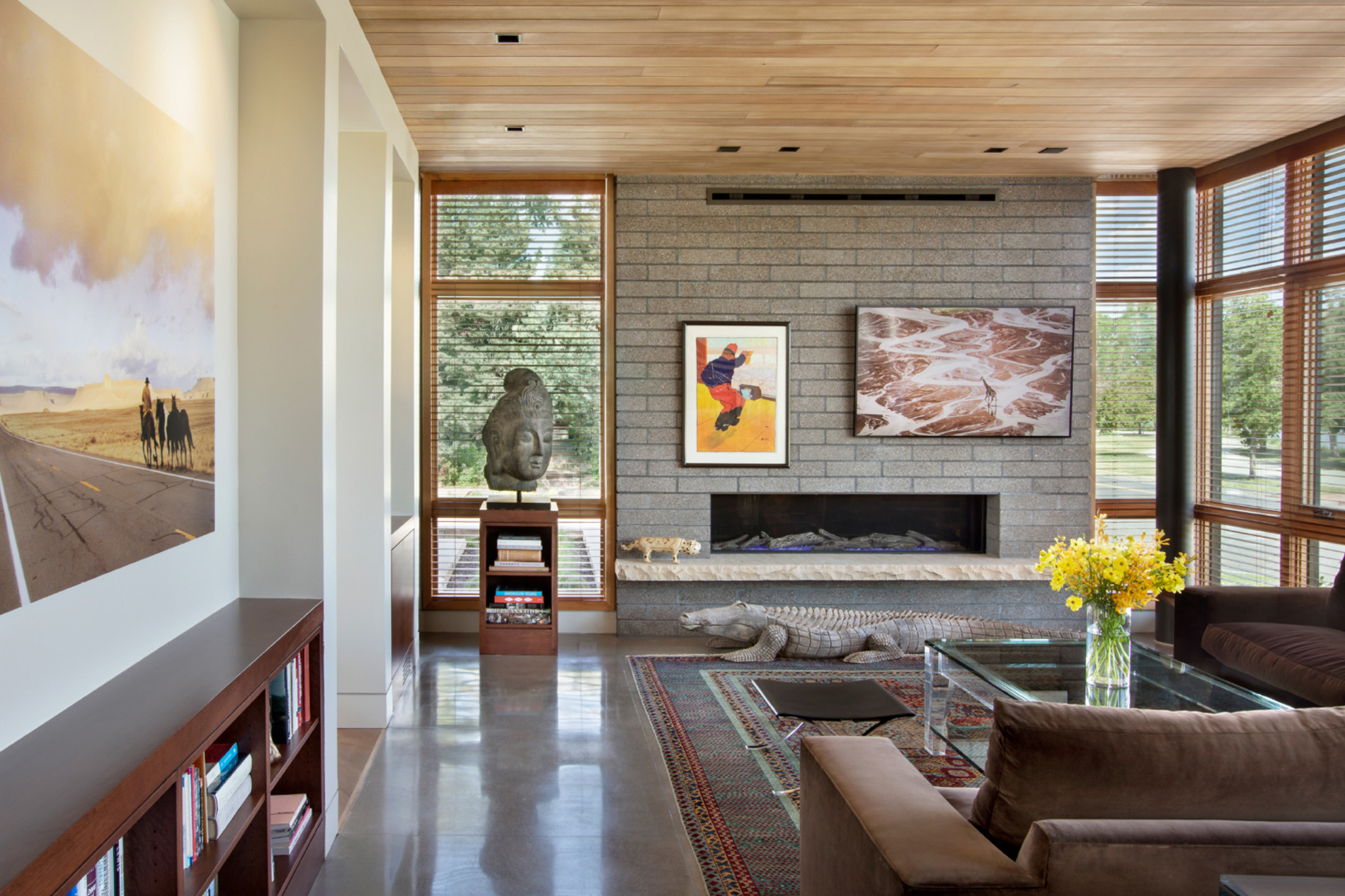
For multi-family residential homes, establishing these connections begins with an understanding of the cultural and economic character of a place—elements best identified by understanding those who will reside in and shape the space. With this insight we can better create enduring value. From the earliest stages of design through quality construction, a thoughtful focus on the use and arrangement of space inspires both practical and cerebral questions: How will people enter and arrive at their destination? Once inside, how does one comfortably navigate through the carefully arranged spaces? Our experience in the development and redevelopment of over 30,000 residential units over the past 20 years reveals the use of a set of well-established principles to approach these questions. We have found our approach to the design of single-family homes informs our multi-family work, leading to customized projects tailored to the needs and values of the resident that carefully balance artfulness with craft and practicality.

Connecting to community is fundamental to health and emotional well-being, and our homes establish and maintain these connections, whether through informal family gatherings, entertaining friends or working productively from home. For centuries, the hearth has traditionally been the epicenter of these communal activities; to maintain this heritage, we install fireplaces in both our houses and many of our apartment homes to anchor indoor and outdoor living spaces.
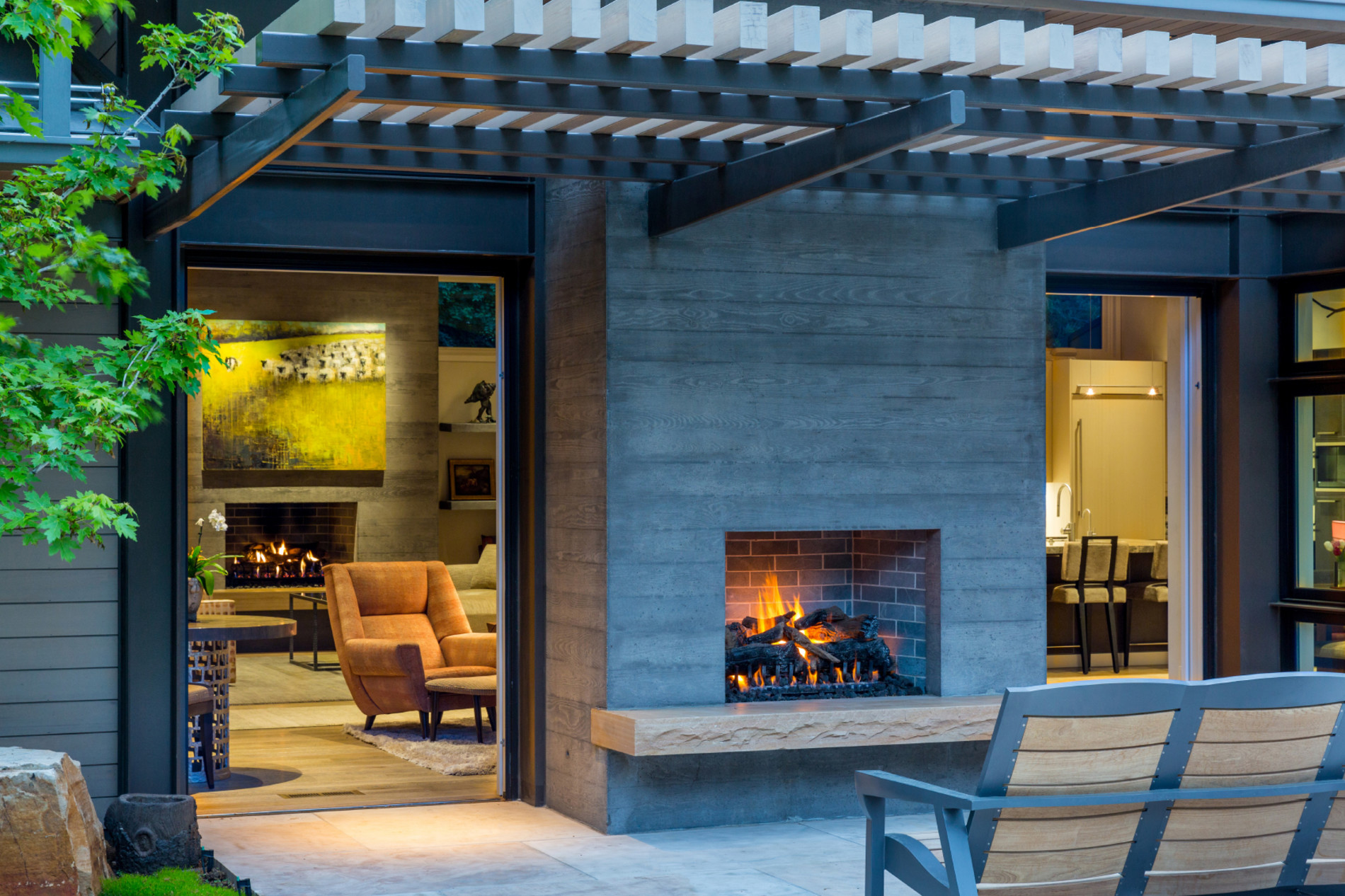
Likewise, the kitchen—once a back-of-house utilitarian space—is now to the central place for dining, entertaining and restorative living. Open kitchen plans enable us to connect to our family or guests around food and drink. In recent years, the ability to effectively connect to our co-workers from home has become another new norm, and consideration of where this work takes place—with the ability to quiet distractions and provide multiple places to work—is fundamental in future multi-family residential design.
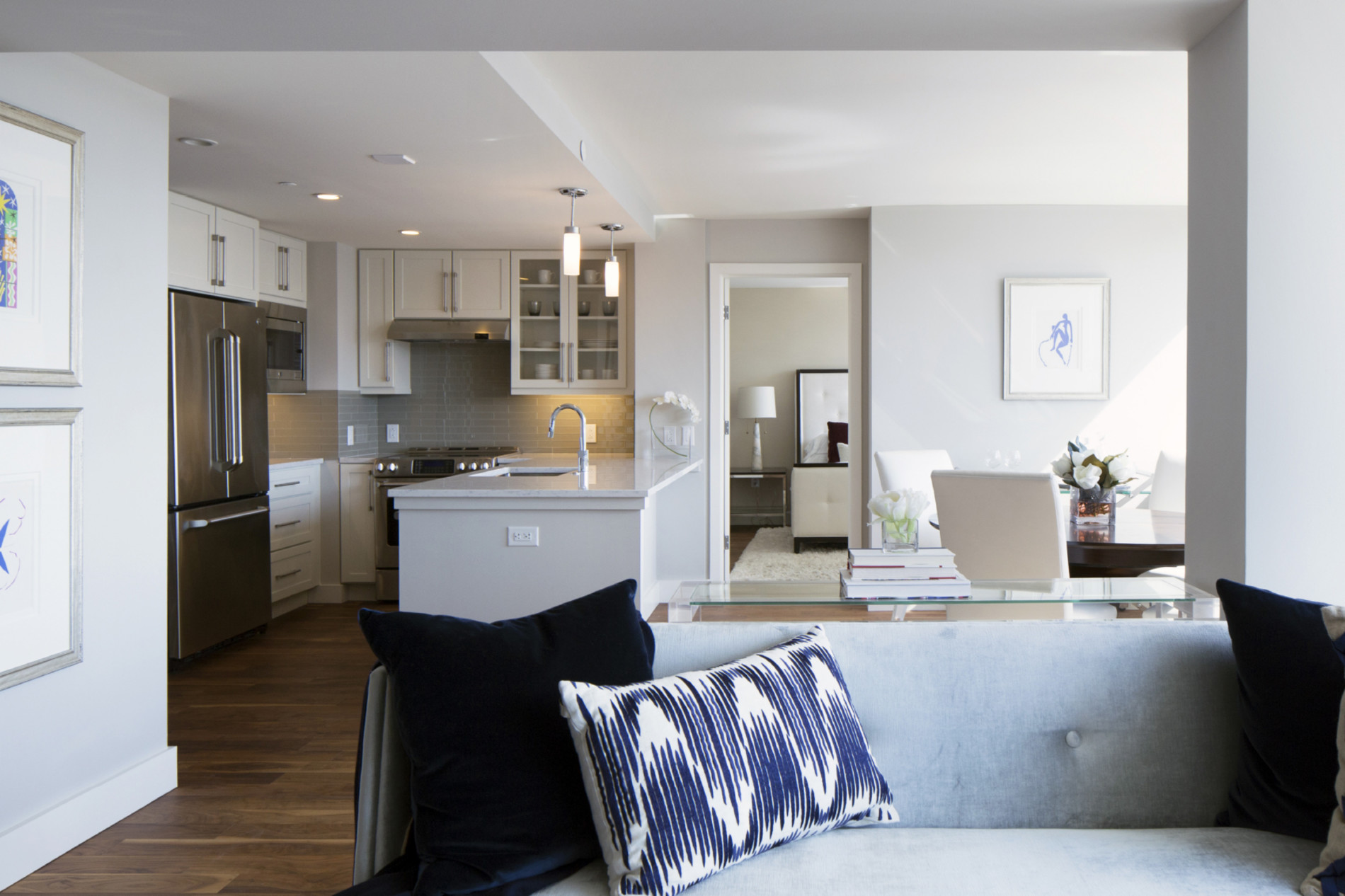
Beyond personal dwelling space, a variety of indoor and outdoor public spaces can facilitate connection among residents by encouraging relaxation, exercise, entertainment or casual conversation. The result is a community within a community, its own specific identity fostered by a diversity of shared values and experiences supported by connecting design to the context of culture and nature.
Prioritizing site-specific design creates a true connection to place. Understanding an urban area’s surrounding landscape, built fabric and history provides insight into a city’s evolution and the elements important to the people who live there. Are there cultural institutions for the arts or parks that inform placemaking opportunities? How will the building meet the street, and how does this establish or strengthen social and human connections? Are there local construction materials or critical design sensibilities to consider? Through careful analysis and responsive design, our homes take their cue from the site itself, nestling within a larger context of civic placemaking and city building.
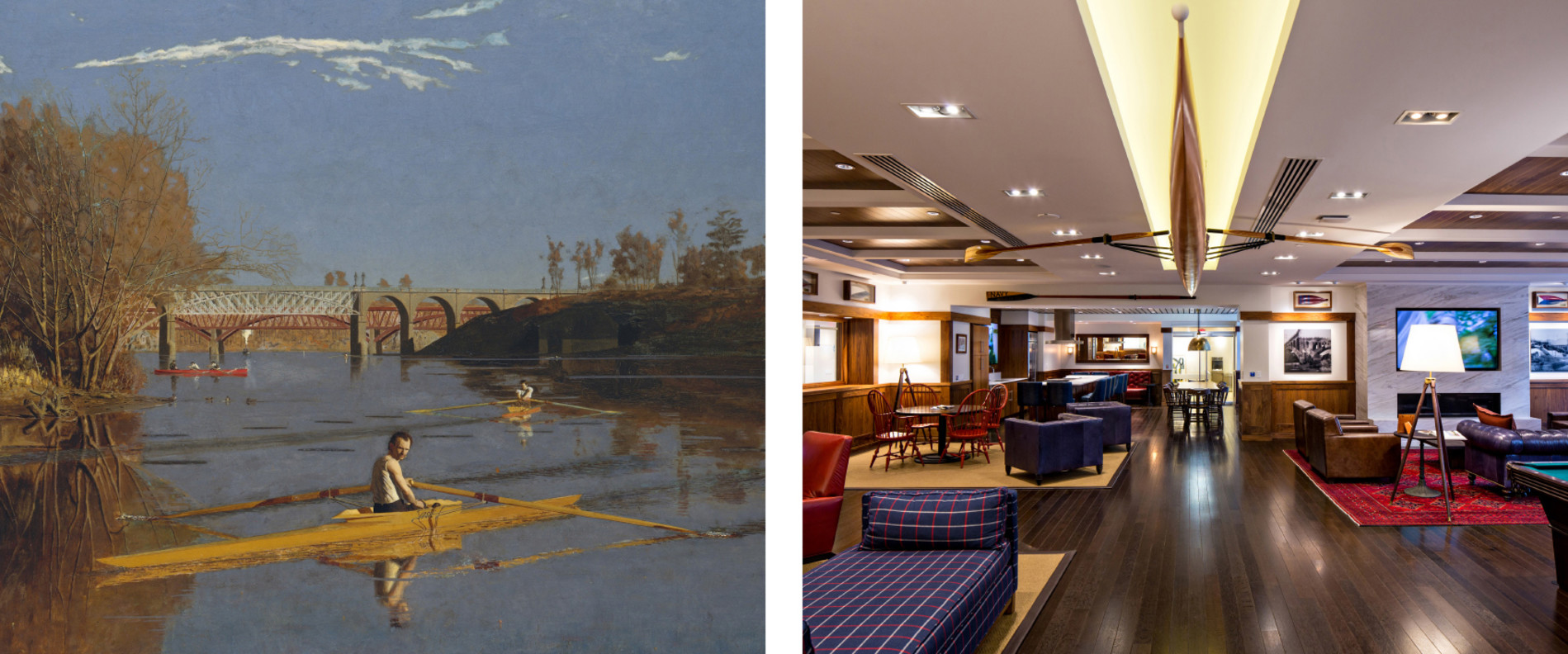
Connections to nature, landscape and art ground and inspire us within a world of ever-quickening pace; they allow us to pause, breathe and imagine a healthier, safer, more restorative urban ecology. Regardless of location or size, thoughtfully designed outdoor rooms facilitate this sense of well-being. The careful selection of plants and materials, and consideration of factors like wind, sunlight and views create critical, functional, beautiful and rejuvenating landscapes.
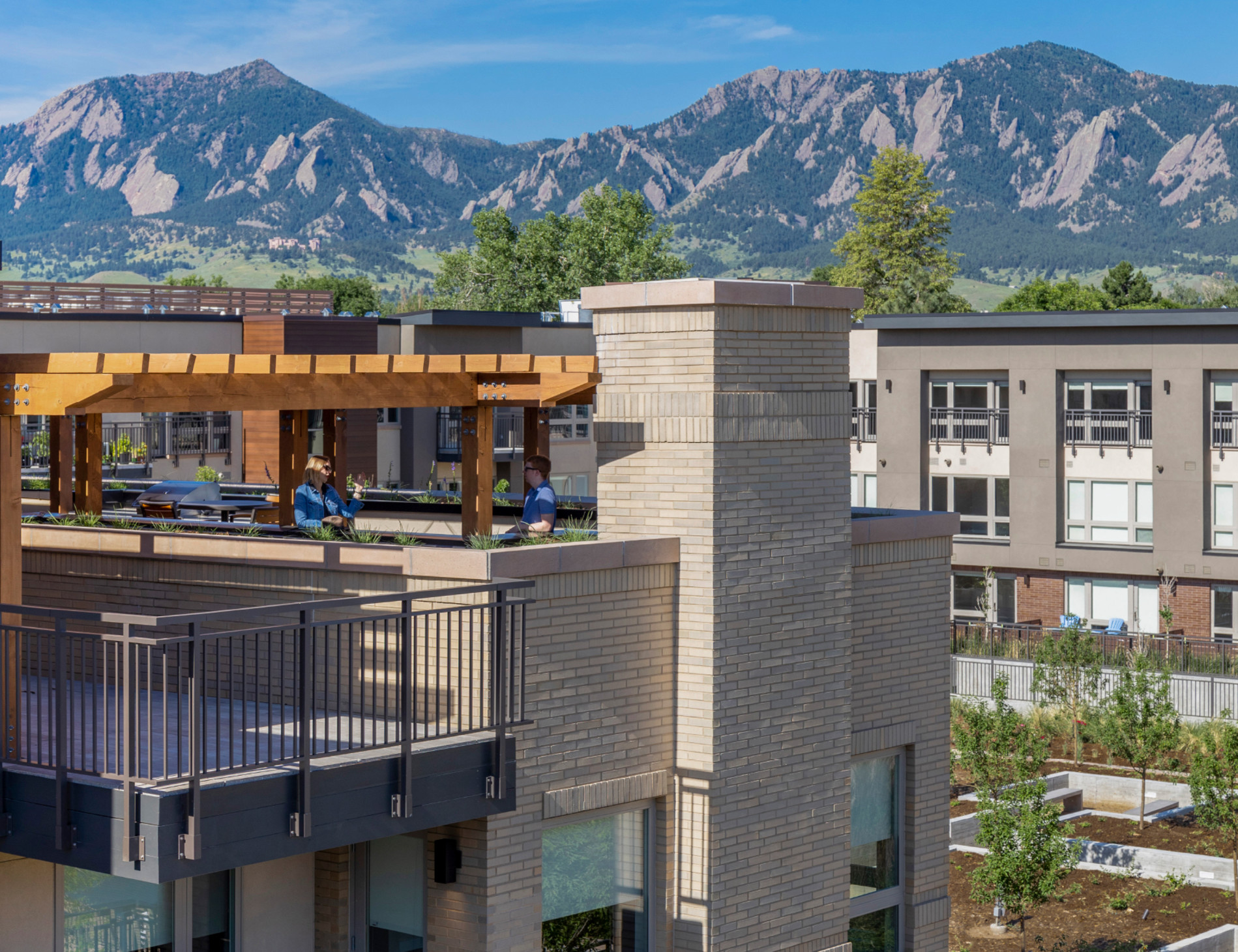
In both suburban and urban contexts, connecting and organizing our outdoor spaces through thoughtful enclosure promotes a sense of privacy, comfort and protection. The courtyard—whether at ground level or elevated—when properly oriented for varied, year-round use through the utilization of natural light and captured views balances indoor and outdoor uses and enables a healthy and restorative relationship with nature. Private outdoor terraces, balconies or decks allow for more intimate, personal experiences of landscape.

Aesthetic and artistic beauty uplifts us just as natural beauty rejuvenates our minds and bodies. The hallmark curation of our art programs within indoor and outdoor public spaces brings value and depth to the cultural experience of place.
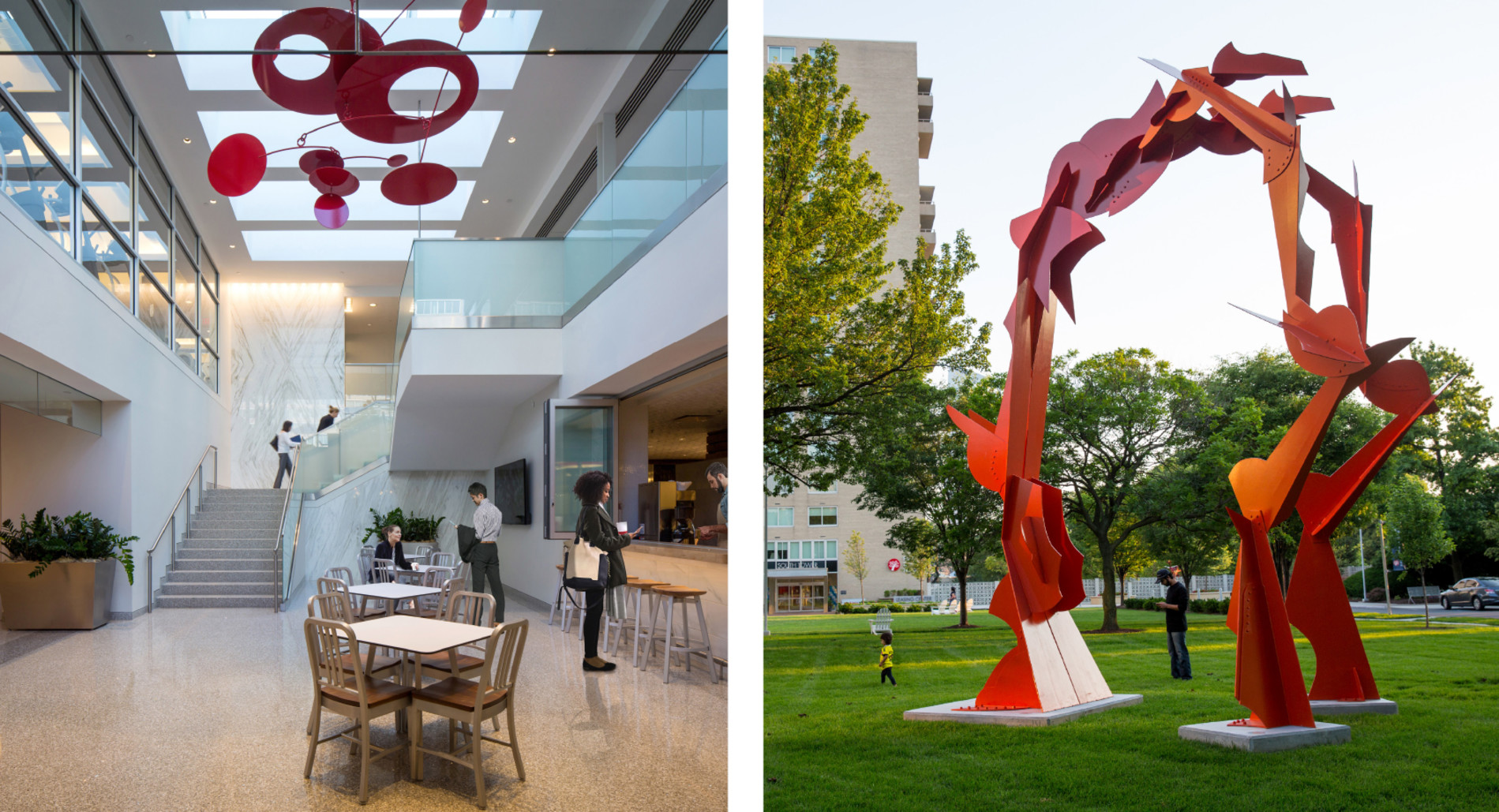
Our homes are not only material spaces but help us craft identity through the ways we choose to express ourselves and interact with others inside their walls. Now more than ever, they are also central to our ability to connect to work and school, to nature and the elements that define our local and regional economies. To support the integration of our individual lives and our surroundings, our homes must be healthy, nurturing and beautiful living environments that literally and virtually intertwine with society and the natural world.

To learn more about these principles in action, view our publication Coming Home.